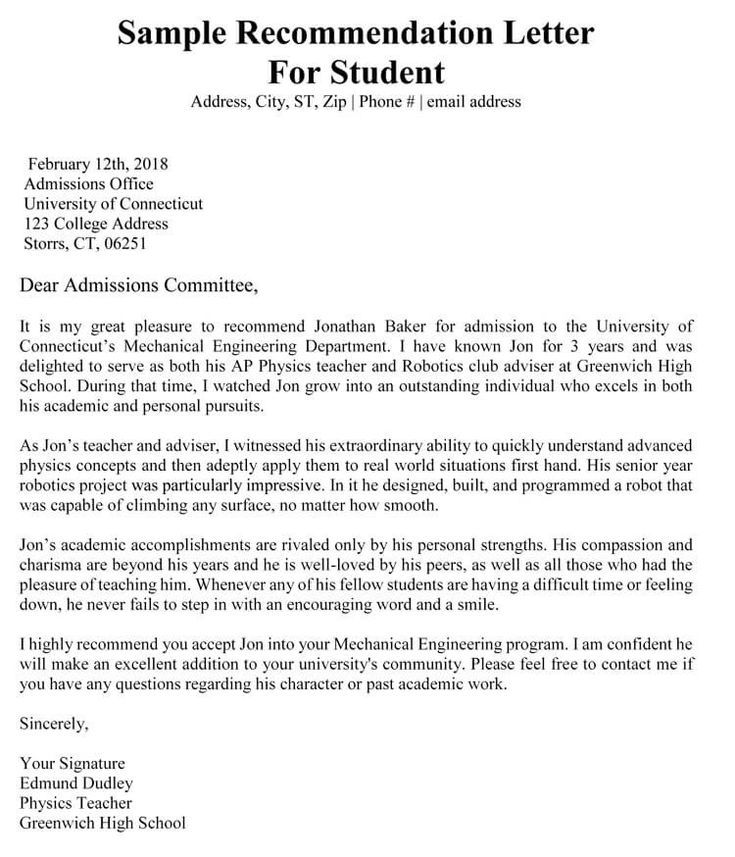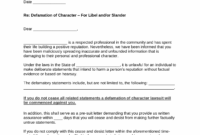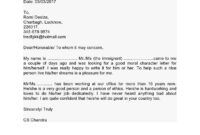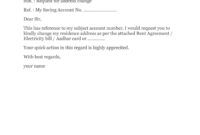Applying to university can feel like navigating a complex maze, with each step requiring careful attention to detail. Among the many components that make up a strong application, the reference letter often stands out as a crucial piece of the puzzle. It offers an external, objective perspective on your abilities, character, and potential, giving admissions committees insights that your grades and personal statement alone might not fully convey. Crafting a compelling letter, however, can be a daunting task for both the applicant and the recommender, often leading to uncertainty about what truly makes an impact.
That is precisely why having a clear, structured guide can make all the difference. While every student’s journey and every recommender’s relationship will be unique, a well-designed framework provides the essential scaffolding needed to construct a powerful and persuasive document. This article aims to demystify the process, offering insights into what universities are truly looking for, and how a strategic approach to a reference letter template can significantly enhance your chances of securing that coveted spot in your dream program.
Understanding the Core Components of a Strong Reference Letter
A truly effective reference letter is far more than a simple endorsement; it is a narrative that showcases an applicant’s strengths, potential, and character through specific, illustrative examples. Admissions committees are looking for genuine insights and concrete evidence of the qualities they value, such as academic aptitude, leadership skills, perseverance, creativity, and a collaborative spirit. A generic letter filled with vague platitudes will do little to distinguish an applicant, whereas a letter rich with anecdotes and observations can elevate an application above the rest, painting a vivid picture of the student’s unique contributions and future promise.
The best letters often begin by clearly establishing the recommender’s relationship with the applicant, including the duration and context of their interaction. This sets the stage for the insights that follow, lending credibility to their observations. Following this, a strong letter will elaborate on the student’s academic performance, intellectual curiosity, and engagement within the classroom or any other relevant setting. It is not just about grades, but about how the student approaches challenges, contributes to discussions, and demonstrates a genuine passion for learning.
Key Sections to Include
-
Introduction: Clearly state the recommender’s identity, their professional relationship with the applicant, and for how long they have known the student. This establishes the context and credibility for the recommendation.

-
Overall Assessment: Provide a concise summary of the applicant’s strongest qualities and overall impression. This acts as a hook, giving the admissions committee a quick overview.
-
Specific Examples and Anecdotes: This is the heart of the letter. Detail specific instances where the applicant demonstrated key skills like problem-solving, leadership, creativity, teamwork, or resilience. Quantify achievements whenever possible.
-
Context and Comparison: Offer a perspective on how the applicant stands out among their peers. How do they compare to other students you have taught or supervised over the years How have they excelled within their cohort
-
Enthusiastic Recommendation: Conclude with a clear, unequivocal endorsement of the applicant for the specific university program. Reiterate their suitability and potential for success in a demanding academic environment.
-
Contact Information: Include the recommender’s full name, title, institution, email address, and phone number, allowing the admissions committee to follow up if necessary.
Beyond outlining skills, a powerful letter will also touch upon the applicant’s character, demonstrating their integrity, work ethic, and ability to contribute positively to a university community. Admissions offices are not just building a class of scholars; they are cultivating a vibrant and diverse community, and character plays a significant role in that vision. Finally, the tone should always be overwhelmingly positive, professional, and confident, conveying the recommender’s firm belief in the applicant’s capabilities and future success.
Crafting Your Personalized Reference Letter Using a Template
While the structure and key components of an effective reference letter are consistent, the content itself must be deeply personal and tailored to the individual applicant and the specific program they are applying to. This is where a robust reference letter template for university admission truly shines. It serves not as a fill-in-the-blanks document, but as a foundational guide that ensures all critical elements are addressed, allowing the recommender to focus their energy on weaving in compelling narratives and unique observations about the student. It helps ensure no vital information is missed, providing a clear roadmap for crafting an impactful recommendation.
To make the most of any template, applicants play a crucial role in preparing their recommenders. You should provide them with a comprehensive “brag sheet,” a document outlining your academic achievements, extracurricular activities, leadership roles, specific projects, and any significant challenges you have overcome. Include details about the courses you took with them, specific assignments where you excelled, and any moments that illustrate your intellectual curiosity or personal growth. This information empowers the recommender to recall specific instances and craft a letter rich with concrete examples, rather than relying solely on general impressions.
Furthermore, share your personal statement and resume with your recommenders. This helps them align their letter with your overall application narrative, ensuring a cohesive and compelling story is presented to the admissions committee. When recommenders understand your aspirations and the specific aspects of your profile you wish to highlight, they can tailor their comments to reinforce those themes, creating a more powerful and integrated application package. Remember, the best letters are often a collaborative effort, where the recommender’s authentic voice is supported by the applicant’s thoughtful preparation.
It is also incredibly helpful to highlight specific aspects of your profile that align with the values or requirements of the university or program you are targeting. For instance, if a program emphasizes research, remind your recommender of any research projects or analytical skills you demonstrated in their class. If leadership is key, point out instances where you took initiative or mentored peers. This targeted approach ensures that the letter directly addresses what the admissions committee is most eager to see, making your application resonate more deeply with their specific criteria.
Ultimately, using a template streamlines the process, making it less burdensome for busy recommenders while ensuring the final document is comprehensive, persuasive, and truly reflective of the applicant’s potential. Providing all necessary information in an organized manner, combined with a clear understanding of the template’s purpose, significantly increases the likelihood of receiving a glowing and impactful reference.
The journey through university applications is a significant undertaking, and a well-crafted reference letter can be the key differentiator that propels an applicant toward their academic goals. By understanding the essential components and strategically preparing your recommenders, you can transform a potentially stressful step into a powerful asset. Empowering your recommenders with the right tools and information ensures they can articulate your strengths and potential effectively, leaving a lasting impression on admissions committees.
Ultimately, the goal is to present a holistic and compelling narrative that showcases not just what you have achieved, but who you are as a learner and an individual. With careful planning and a clear understanding of what makes a strong recommendation, both applicants and their recommenders can collaborate to produce letters that open doors to exciting educational opportunities, setting the stage for future success in their chosen academic pursuits.



